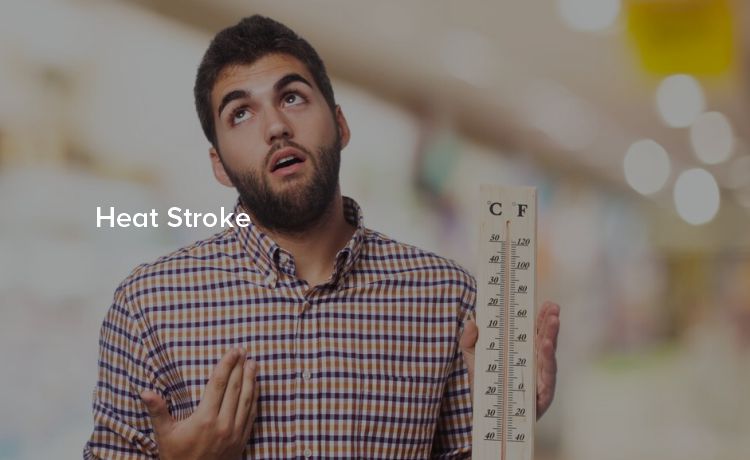
As the mercury rises, so does the risk of heat stroke, a severe heat illness that occurs when the body becomes unable to regulate its temperature. Heat stroke can escalate rapidly, leading to damage to the brain, heart, kidneys, and muscles. The longer treatment is delayed, the greater the risk of serious complications or death.
Heat stroke is the most serious form of heat injury and is considered a medical emergency. It occurs when the body's temperature rises to 104°F (40°C) or higher, often as a result of prolonged exposure to or physical exertion in high temperatures. This condition is most common in the summer months and can be fatal if not promptly and properly treated.
Recognizing the symptoms of heat stroke can be the difference between life and death. Symptoms may include:
Prevention is crucial when it comes to heat stroke. Here are some tips to help you stay safe:
Stay Hydrated: Drink plenty of fluids. It's essential to drink more water than usual when you're in hot weather or exercising.
Wear Loose, Lightweight Clothing: opt for light-colored and lightweight fabrics to help keep your body cool.
Avoid the Hottest Part of the Day: Whenever possible, limit your outdoor activities to the morning or evening when temperatures are cooler.
Acclimate: Give your body time to adjust to the heat, especially if you're traveling to a hotter climate or experiencing a heatwave. This process can take several days.
Never Leave Anyone in a Parked Car: This is a common cause of heat-related deaths in children. Even in cooler temperatures, a car can heat up to dangerous levels very quickly.
Heat stroke requires immediate medical attention. While waiting for emergency services to arrive, take the following steps:
Move to a Cooler Place: Get the person to a shady area or indoors if possible.
Cool Them Down: Apply cool cloths to their skin or immerse them in cool water. A cool bath or a spray from a garden hose are effective ways to lower body temperature.
Hydrate: If the person is conscious and able to swallow, provide them with water or other cool beverages. Avoid alcohol or caffeine.
Heat stroke is a medical emergency. If you suspect someone is experiencing heat stroke, call emergency services immediately. Delaying medical help can be fatal.
Heat stroke is a preventable condition that everyone should be aware of, especially during the hot summer months. By understanding the symptoms and knowing how to respond quickly, you can help prevent serious health issues or even save a life. In case of Emergency, reach out to our 24*7 emergency hospital in Hyderabad.